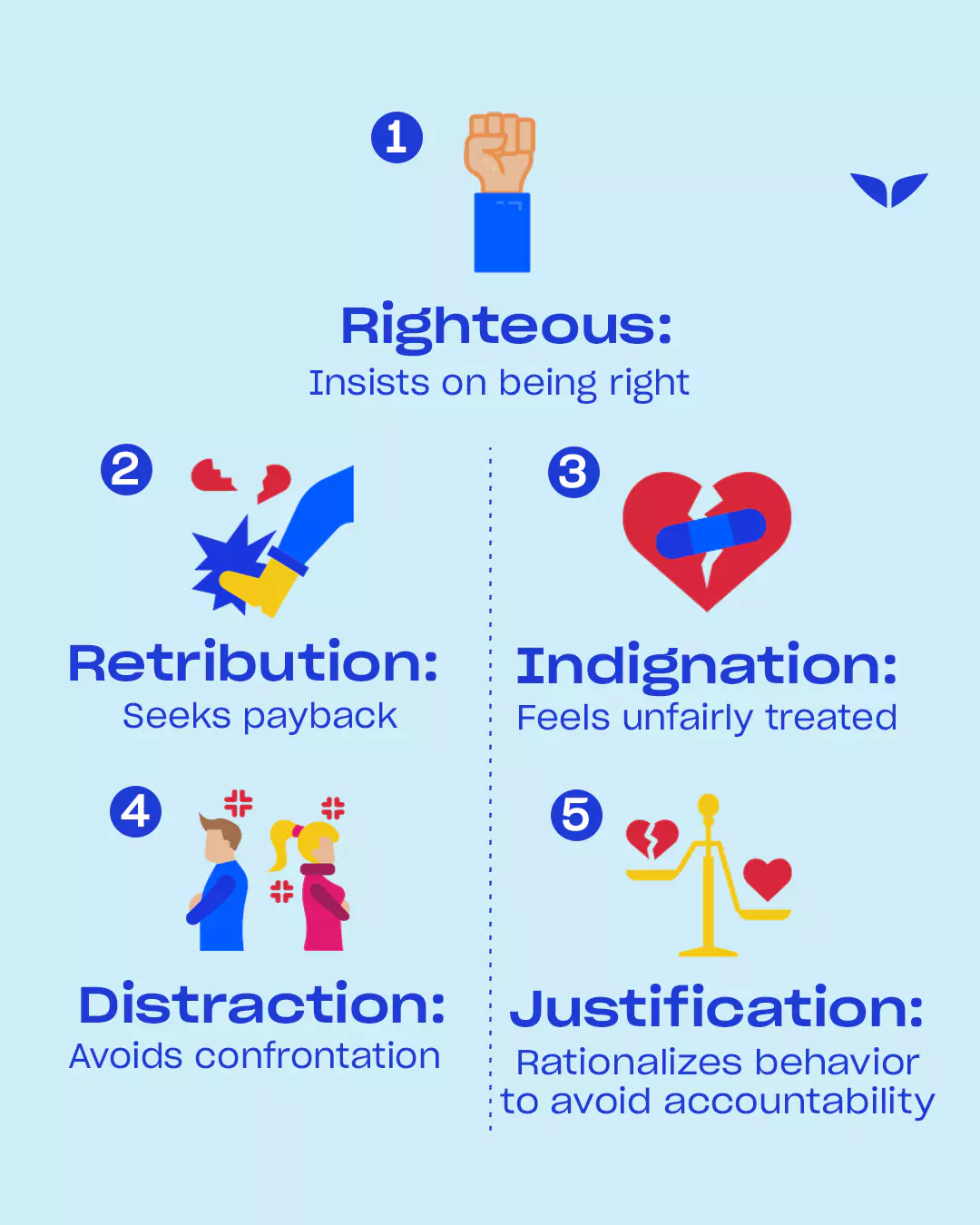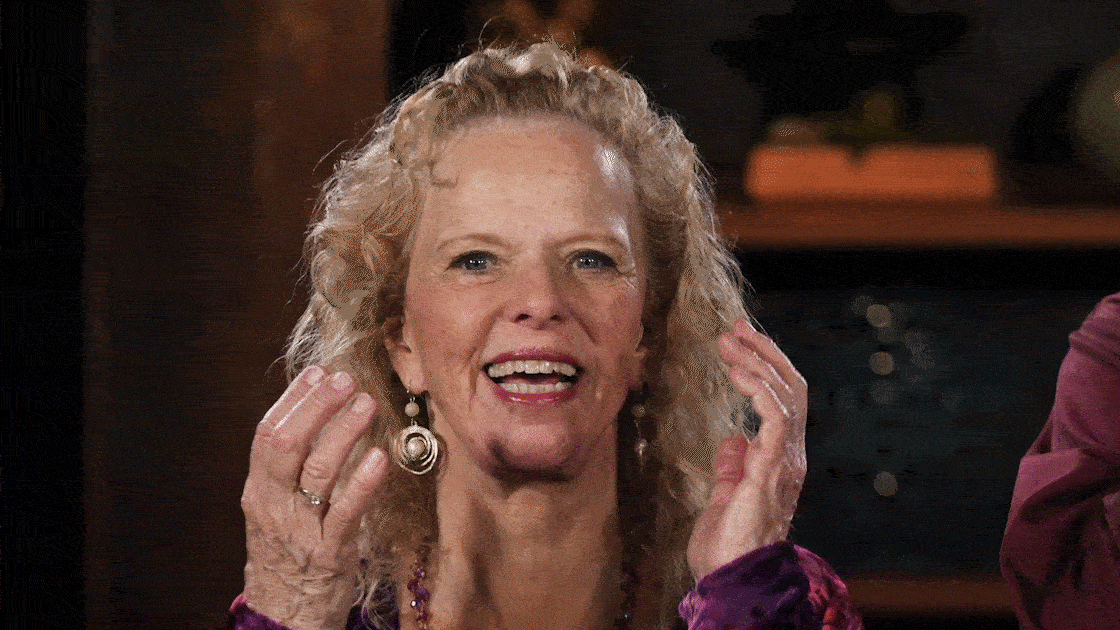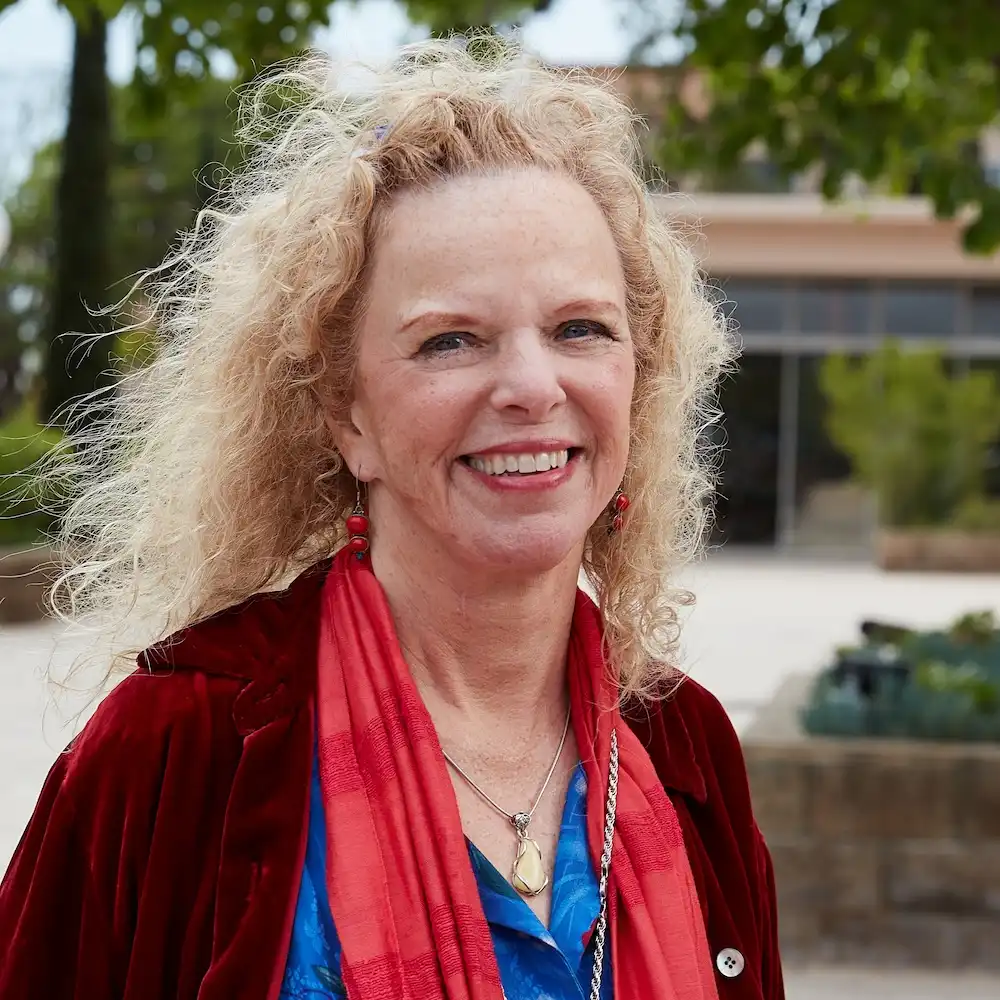Let’s face it, conflicts are bound to happen. Screaming obscenities, name-calling, and walking away in a huff—these are some of the less extreme ways we deal with heated situations, better known as “fight languages.”
As you may know, nothing good comes from uncontrolled anger. It only leaves you feeling more stressed, more irritated, more resentful, and—no surprise here—more disconnected from those you love. And where does that leave you? Probably at the corner of Relationships-No-More Street and Ailment Avenue.
Learning about your own and others’ fight languages can help you avoid that detour. The thing is, though, not everyone realizes there is such a thing as fight languages (also known as anger languages).
And when you’re able to understand your own as well as how others “fight,” then you’re better prepared to navigate the conflict from a place of respect and love.
What exactly are fight languages?
Just as we each have our own love languages (kudos to Dr. Gary Champan for putting it into concept), we also have fight languages.
Conflict of any kind triggers our amygdala, the emotional center in our brains, which then kicks our fight-or-flight response into gear. So, it’s our natural tendency to respond to distress, disappointment, and fury by yelling, withdrawing, or invalidating the other person.
A great example of this is one that life coach Jey Shetty provides on his socials:
“My wife’s fight language is, she likes to be quiet, reflect and think, and not talk about things until she processes. My fight language is totally the opposite: I want to figure it out right now; I want to open up; I want to extrapolate; I want to break it down.”
When anger is “volcanic,” it can be pathogenic, according to Martin Teicher, HMS associate professor of psychiatry at McLean. In an article in Harvard Medicine, he explains that “openly expressed negative, raw, and intense emotion is hard for many people to witness and can leave scars.”
And while there has been research that suggests there are plus sides to being angry, it’s how it’s expressed that makes all the difference.
What are the 5 fight languages?
When we’re looking at how to calm an angry person, it’s a natural tendency to assume they deal with the emotion as we do. It’s patterned after the ways we see, hear, feel, and think, as David Feinstein, a clinical psychologist and international leader in the field of energy psychology, explains in The Energies of Love Quest at Mindvalley.
And so, discovering your own language and learning your partner’s or those around you can be powerful steps to help your relationship thrive.
Here are five for you to explore:

1. Righteous
Have you ever encountered someone who’s adamant that their stance is right and that yours is not? That’s the language of the righteous.
It can sound something like this:
- I’m right and you’re wrong.
- You don’t know anything.
- I told you so.
People using this fight language have a tendency to want to feel superior to another person, and they’re smug about it. They often feed off of your frustrations, provoking you with personal attacks, accusations, and snappy comebacks.
Examples in pop culture: Sheldon from The Big Bang Theory, Regina George from Mean Girls, and Kreese from The Karate Kid.
2. Retribution
This language is all about inflicting punishment on someone as vengeance. The word literally means “payback.”
It can come out as:
- You’re going to pay for what you did!
- Don’t you dare forget what you did to me.
- Karma’s a b*tch.
It’s difficult for this person when it comes to understanding self-regulation. They often have a short fuse, going from trigger to expression almost instantly. What’s more, grudges fuel their anger, and they believe retribution is the only way to let go of the past.
Examples in pop culture: The Bride in Kill Bill, Amy Dunne from Gone Girl, and every villain in Scooby Doo.
3. Indignation
When someone feels they’re being treated unfairly, it provokes anger or annoyance. This language goes hand-in-hand with guilt trips, making the other person feel awful for what they did.
Indignation is expressed as:
- How dare you?
- I can’t believe you’d do something like that.
- How could you act so callously?
It’s a passive-aggressive move, and people who use indignation as their fight language don’t know any other way to express their needs or feelings.
Examples in pop culture: Miranda Priestly from The Devil Wears Prada, Dr. Gregory House from House, and Ari Gold from Entourage.
4. Distraction
A double take may be necessary with a person who uses this language. They’re unskilled at learning how to deal with confrontation. So to avoid accountability, they’re known to take the attention off of themselves and turn it on to others.
With distraction, the language can sound like this:
- It’s not my fault.
- It was out of my control.
- So-and-so made me do it.
It might be that they use these excuses to protect their reputation, to avoid the consequences, or simply because they don’t want to change their habits and behaviors.
Examples in pop culture: Cersei Lannister from Game of Thrones, Gollum from Lord of the Rings, and Cartman from South Park.
5. Justification
People who use this language have a way of convincing themselves that what they’re doing is for their own good—hence, justification. Unfortunately, it’s usually at the expense of others.
Here are a few lines they’ll dish out:
- You had it coming.
- If you hadn’t done that, I wouldn’t be reacting this way.
- You made me feel this way.
They’re really good at making excuses for bad behavior. It helps them feel better about putting others down.
Examples in pop culture: Mary from Precious, Jack Torrance from The Shining, and Ursula from The Little Mermaid.
What is your fight language? Take a quiz
A huge part of conflict management is not only understanding how others deal with anger but also how you do so yourself. If you’d like to know what yours is, you can take the Anger Assessment Quiz created by Dr. Gary Chapman.
Here are a few tips to keep in mind when you do:
- You can do this assessment on your own. Make sure to screenshot your results so you can use them for future reference.
- Take it with your partner, friends, or family members so you can immediately share your results with each other.
- Don’t forget to discuss it with others. Without any verbal declaration of what your fight languages test results are, those around you would not know how you deal with your emotions under stress.
Your assessment results will let you know where you stand as of right now. However, it is possible to adapt your style. This will not only benefit your relationship, but it’ll also help you grow.
How you can use your fight languages to navigate conflicts in a healthy way
Now that you’ve identified your fight language, how can you use it to navigate conflicts without instigating World War III? After all, it takes emotional intelligence to handle disagreements with a certain level of finesse.
Whether it’s with your partner, family members, community, or coworkers, there are ways you can communicate better, regardless if you’re angry or not. And turning to Mindvalley trainers for wisdom, here are some of their tips for doing so:
1. Use the STAR Pact
We all have energetic traits that affect how we behave in our relationships. When you’re conscious of the energy you’re bringing into the argument between you and them, you’ll find yourself “navigating your way into productive conversations that strengthen your bond,” according to Donna Eden, David’s partner and co-trainer of Mindvalley’s The Energies of Love Quest.
She and David have a technique you can use to resolve hot issues. It’s called the STAR Pact:
- S — Stop: Stop the argument and take a time out separately.
- T — Tap: Tap the four thump points and use other energy techniques to re-center yourself.
- A — Attune: Re-connect energetically to attune with each other.
- R — Resolve: Resolve issues with questions that seek to understand, attentive listening, and shared appreciation.
What makes this technique unique are the middle two steps. “Tap” helps you check yourself before you wreck yourself, so to speak, and “Attune” helps you both reconnect with each other energetically.
Donna Eden and David Feinstein’s tip: “The STAR Pact is an emergency procedure that redirects you and your energy toward a harmonious resolution when either of you has realized that you’re headed toward a harsh interchange.”

2. Do inner work
Have you ever been in a fight that seemed to go on indefinitely? And there’s still a toxic residue of anger and resentment?
“Most of us don’t actually know how to clear the air of unresolved resentment when they’re present,” explains Katherine Woodward Thomas, best-selling author of Conscious Uncoupling and trainer of Mindvalley’s Quest of the same name. Instead, we tend to give one excuse after another, and while all of them might be true, none of them is going to “disappear the resentments of the person in front of you.”
What’ll help, as she suggests, is doing some internal work before you dive right into the disagreement. Through meditation, you can learn empathy, be the bigger person, and clear the air for the other person.
Katherine Woodward Thomas’ tip: “You’re going to need to be less interested in being understood and more interested in understanding the impact of your choices and your behavior on the other [person].”
Learn more: How to Improve Your Love Relationships With Katherine Woodward Thomas
3. Practice care-frontation
A term coined by Lisa Nichols, a leading expert in communication and trainer of Mindvalley’s Speak and Inspire Quest, care-frontation is “the intention of completing the conversation with the relationship still intact.”
It takes the “I’m right, you’re wrong” mindset and rips it apart into pieces. Instead, it empowers connection by focusing on using the conflict at hand. Here’s how:
- Honor and acknowledge the person you’re speaking to: “What I admire about you is…”
- Speak up and make a genuine request: “I need your support in…”
Lisa advises being consistent in your practice. And as you make it the norm, you may just find that those around you will adapt to your care-frontation approach to conflict.
Lisa Nichols’ tip: “Every time I open my mouth, I’m responsible for what I say, and I’m responsible for how it lands.”
From fight to finesse
Conflict is a natural part of our interactions as humans. It’s important to remember that anger, despair, disappointment, and all that triggers us are emotions, much like love.
If you’d like to learn how to transition from fight mode to finesse mode, head over to Mindvalley. There, you’ll find thought leaders whom you can learn from—Donna Eden, David Feinstein, Katherine Woodward Thomas, and Lisa Nichols included.
With their help, you’ll learn how to recognize when your anger monster awakens, how to manage its rage, and how to approach the conversation with respect, honor, and love.
Additionally, signing up for a free account gives you access to the first few lessons of various quests on Mindvalley, so you can have a taste before you buy the whole pint of ice cream.
Remember: fight languages are meant to help you, not harm you. And when you use it to your advantage, there’s no telling what greatness lies ahead.











